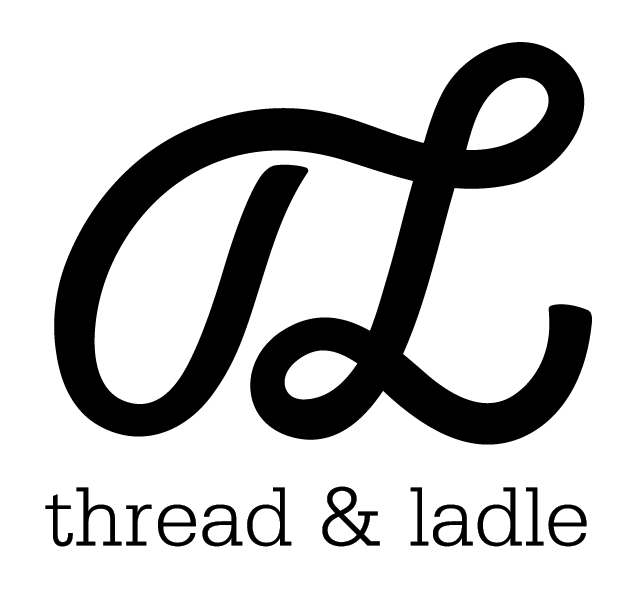This Flower Sampler first appeared in Making Magazine, Issue 1: Flora. A big thanks to them for the use of the photos! I now offer it to you, blog readers!
To me, spring time is like Christmas morning. Everyday when I step out the door I peek around the ebbing, melting snow to see what new flowers are poking up through the ground. The tiniest peek of green poking up makes me squeal with delight. Crocuses make way for daffodils, which make way for forsythia, which make way for irises, and the slow trickle starts to snowball
until everything is in bloom. I’m not a master gardener by any means, but I have my favorites and squeeze them into whatever tiny patch I can find in our little yard.
Lavender is, above all, my very favorite for its divine smell and understated elegance. Second is the towering, delicate hollyhocks, which I find immensely beautiful and graceful. If you come to visit, you’ll also find peonies, morning glories, daisies, lilacs, false indigo, iris and scarlet runner beans to name a few. My garden is haphazard and weedy, but you’ll find me there come June, soaking in colors and fragrances that only the warmest months here in Maine can bring.
Supplies
• Fabric (Sample used 100% linen)
• Embroidery hoop
• Embroidery thread (Colors: green, purple, three shades of pink, brown and either another pink, yellow or white)
• Embroidery needle
• Transfer Paper (Saral and DMC both make ones that I recommend for transferring images onto paper and are available at most craft stores.)
• Ballpoint Pen
• A Stitch Dictionary or mobile device! (I find that a good stitch dictionary is an excellent
investment, but you can always take one out from your local library if you don’t want to spend
the money. In lieu of a book, an iphone works! There are multitudes of resources on the web on how to create different stitches.)
Instructions
Image Transfer
The best method I’ve found for transferring an image onto fabric for embroidery is tracing paper. There are other methods, but this is the one I’ve had the most success with. To use the paper place the fabric on a hard surface, then the paper, carbon side against the fabric. Place your image/drawing (download below through issuu) on top of this and trace it firmly with a ball point pen. You may need to go over it several times in order to get a good image to embroider over. You may find that your image fades as you work, but you can always retrace. I’ve found I prefer my transfer lines fading than other transfer methods which can bleed or stain permanently. Once your image is transferred, you can place your fabric in your embroidery hoop and you’re ready to stitch!
Recommended Stitches
Lavender: Backstitch & Detached Chain Stitch
Magnolia: Stem Stitch & Satin Stitch
Yarrow (this could also be Queen Anne’s Lace if
white thread is used): Backstitch & French Knot



